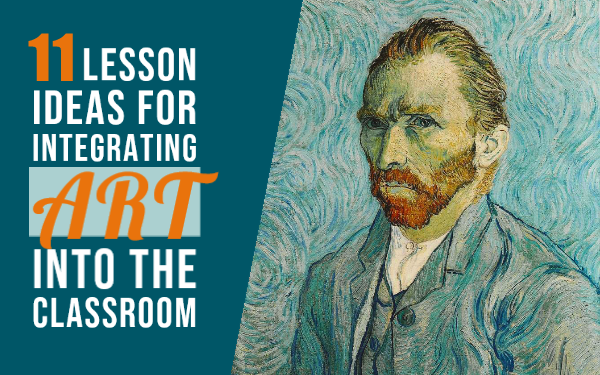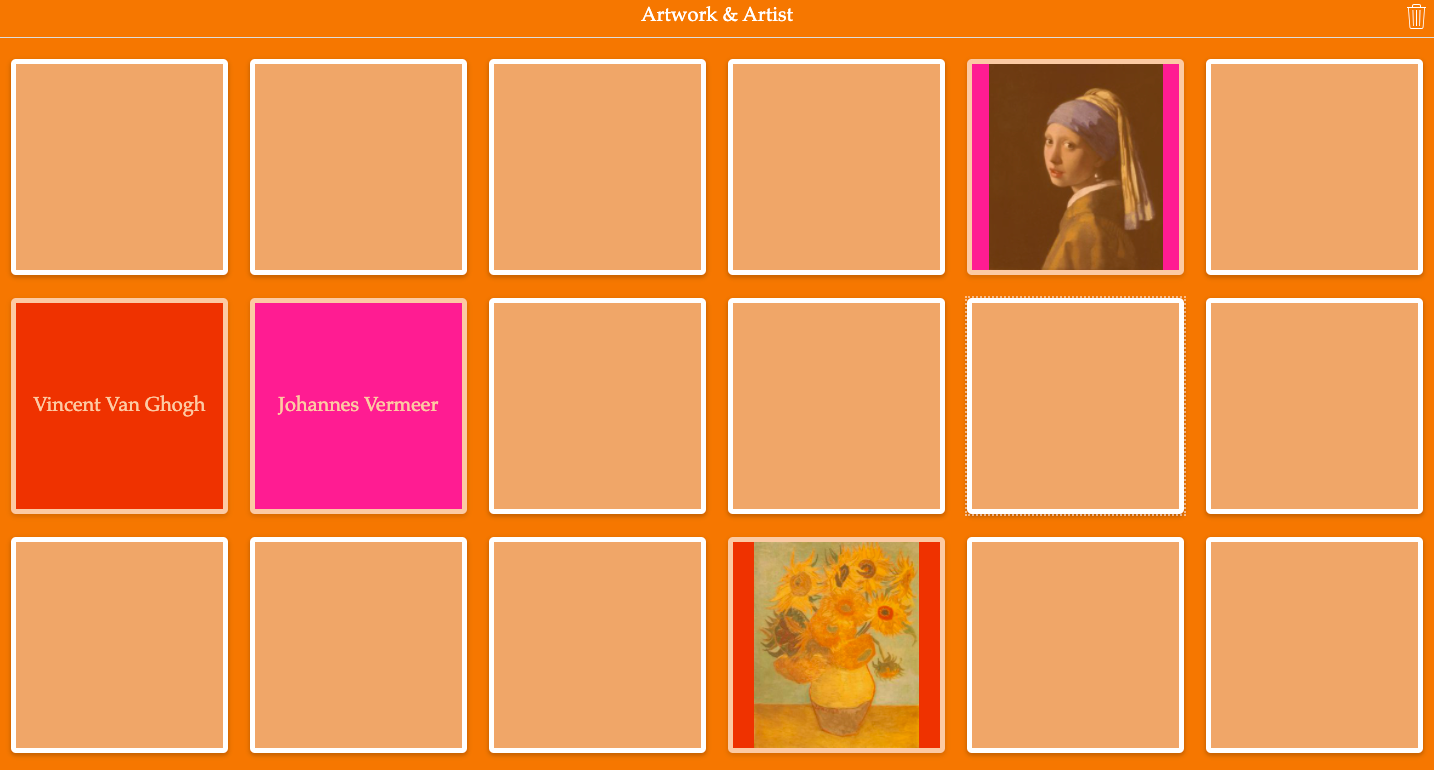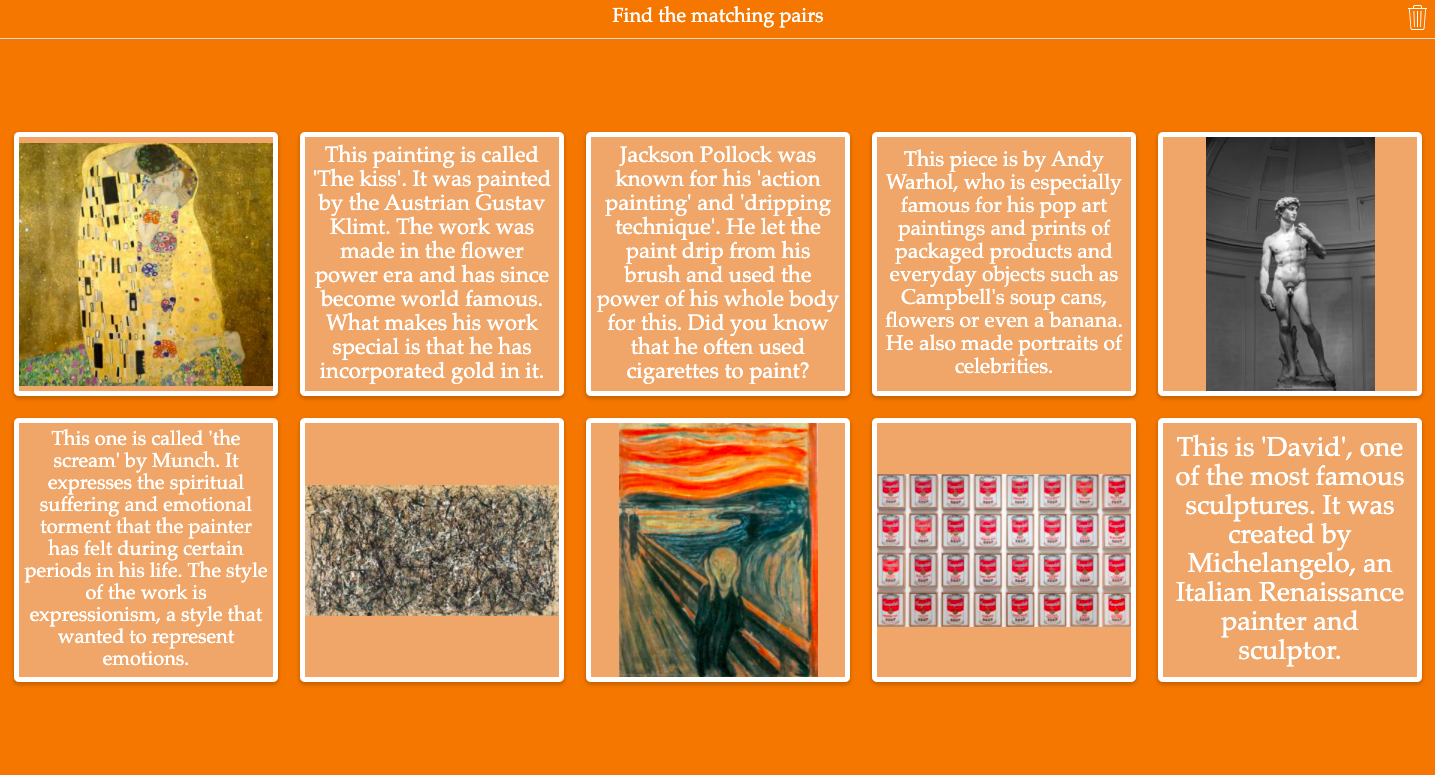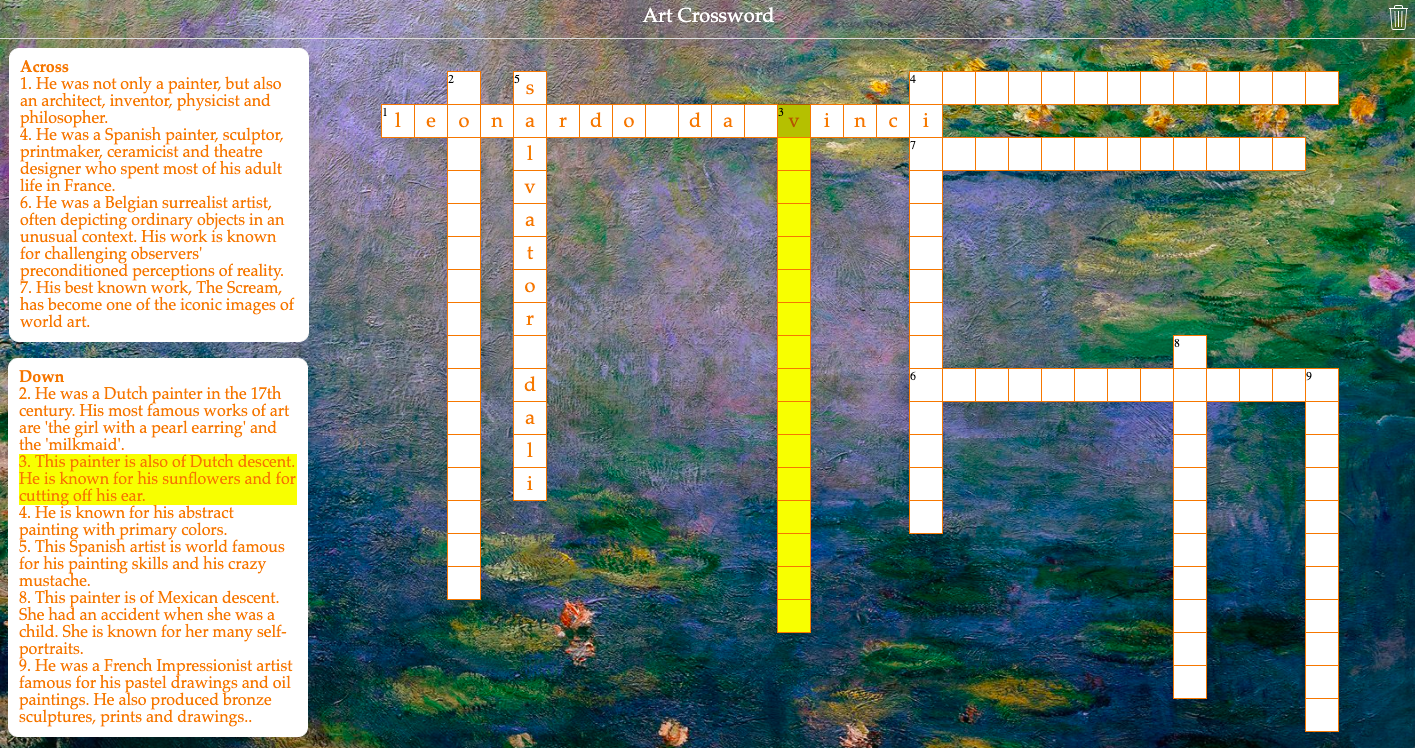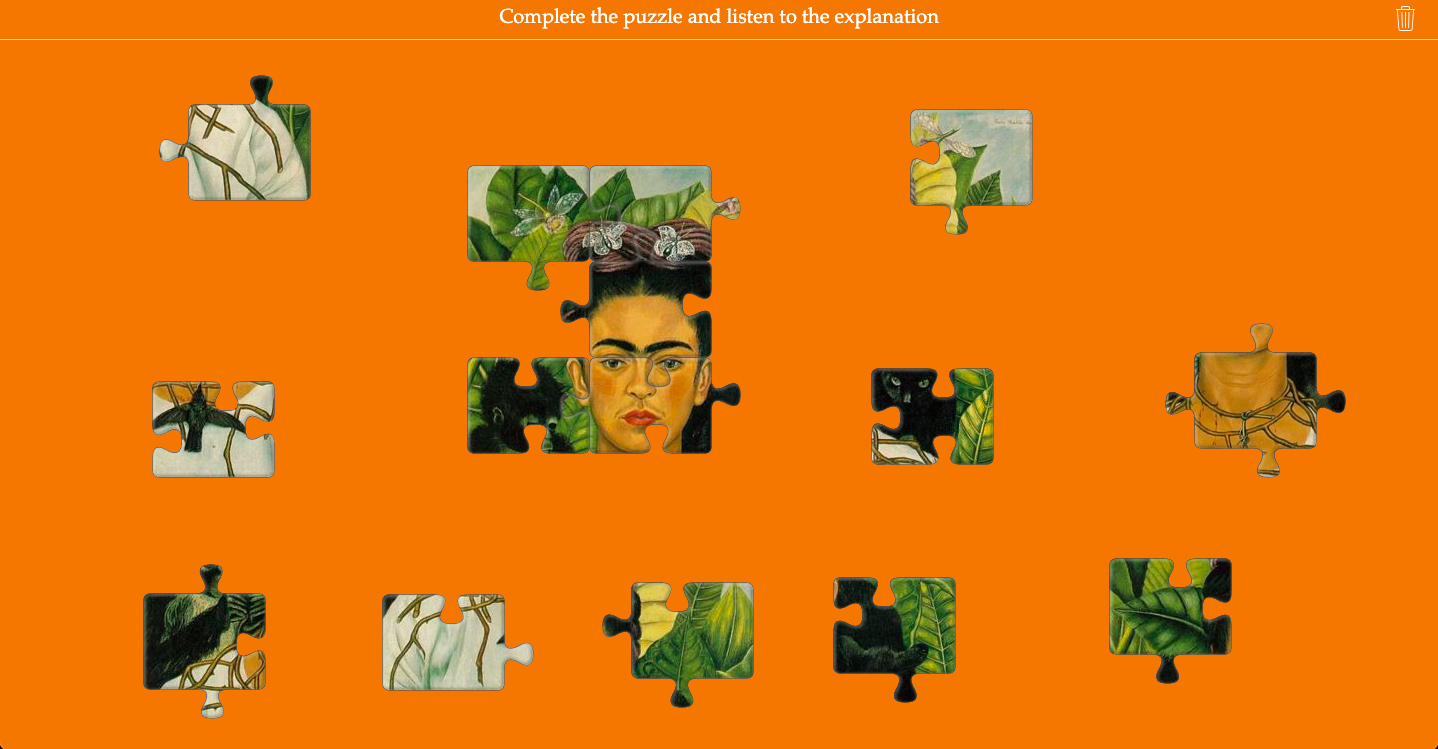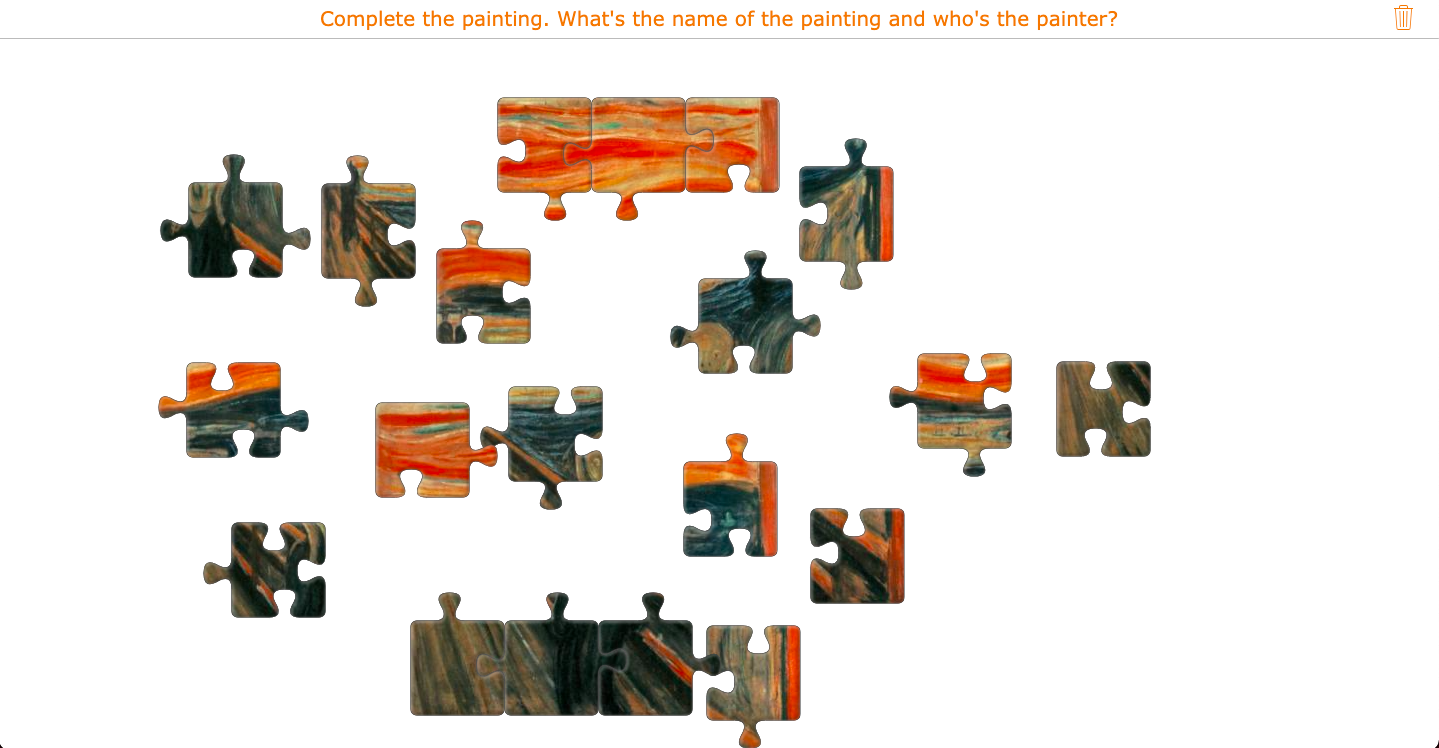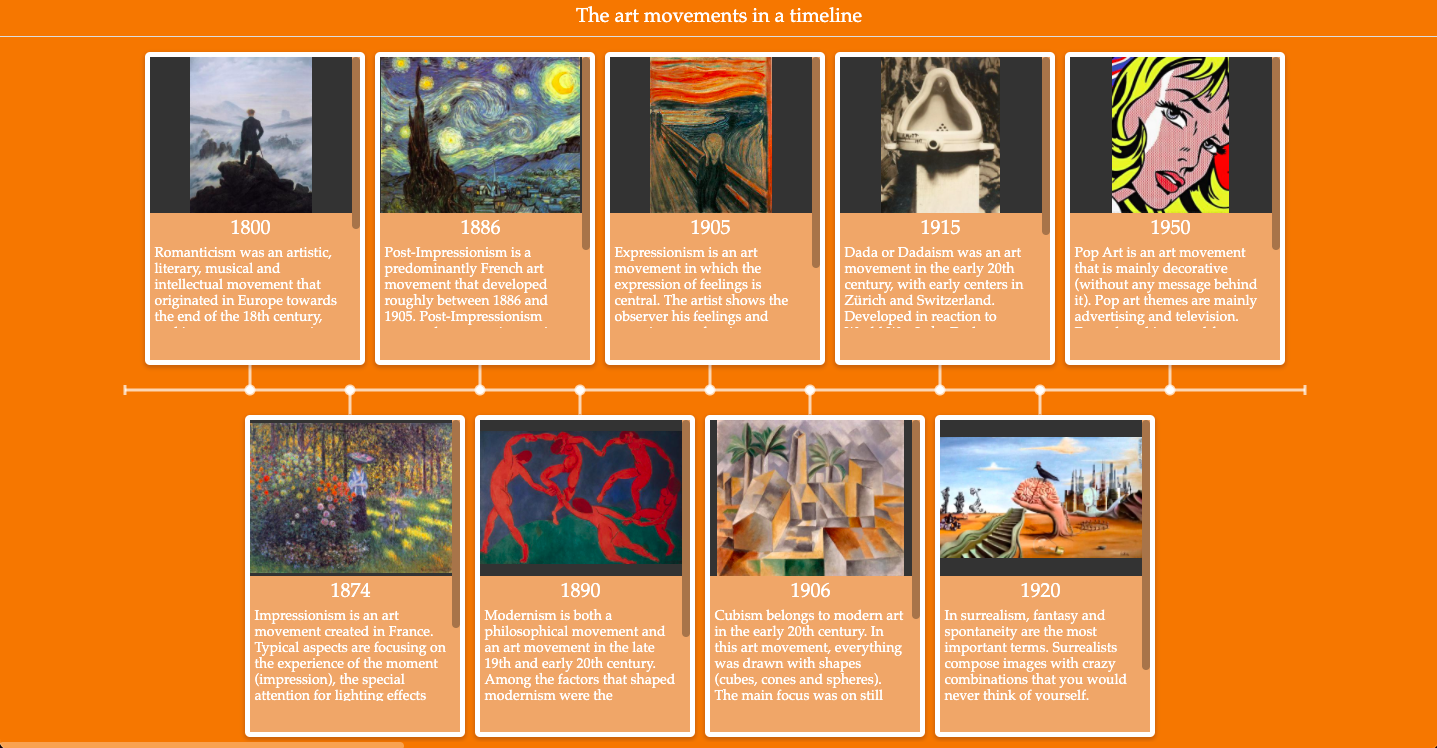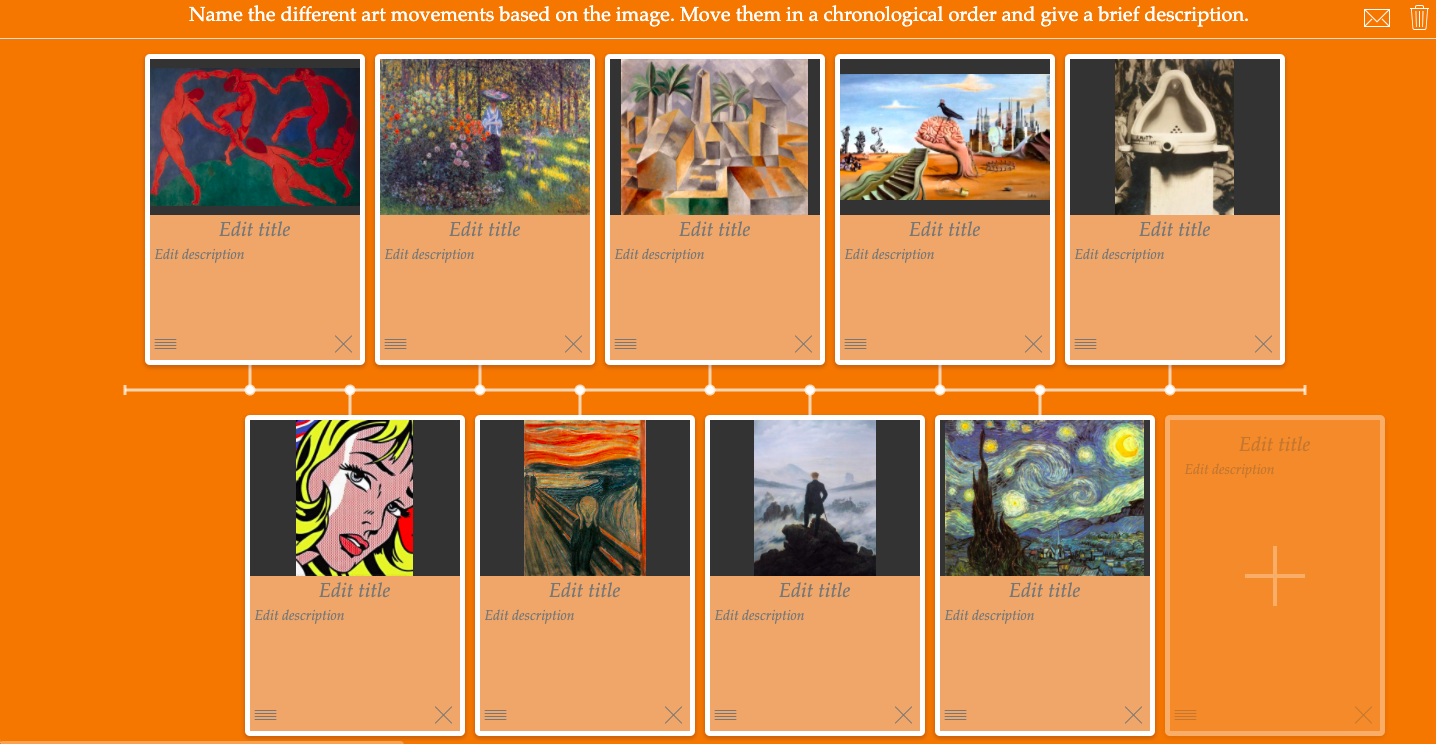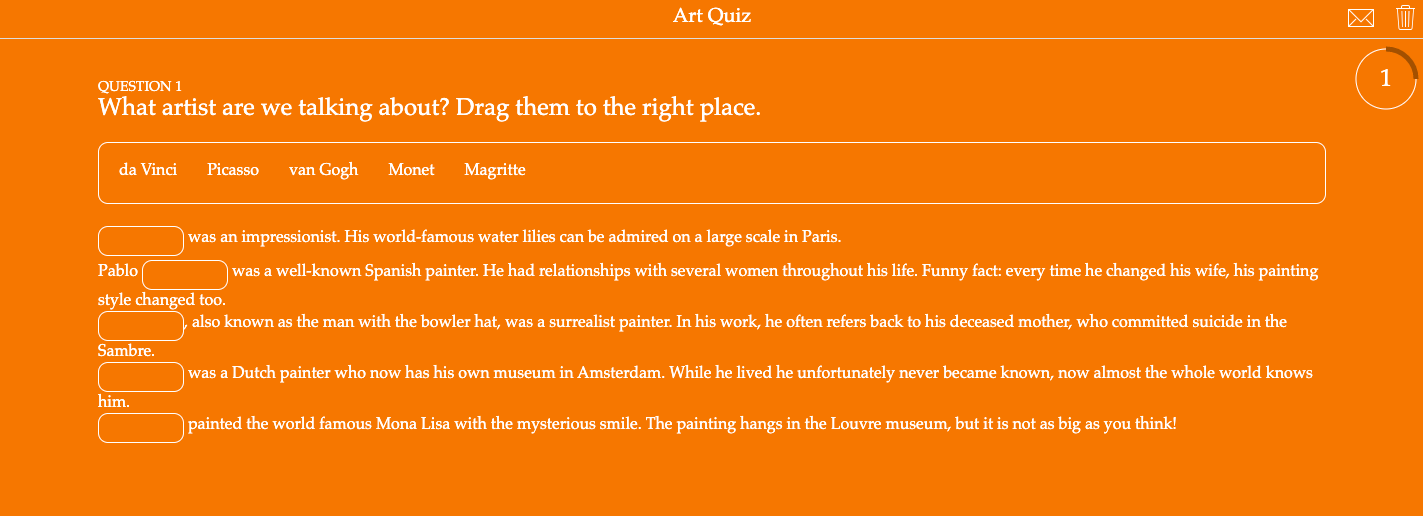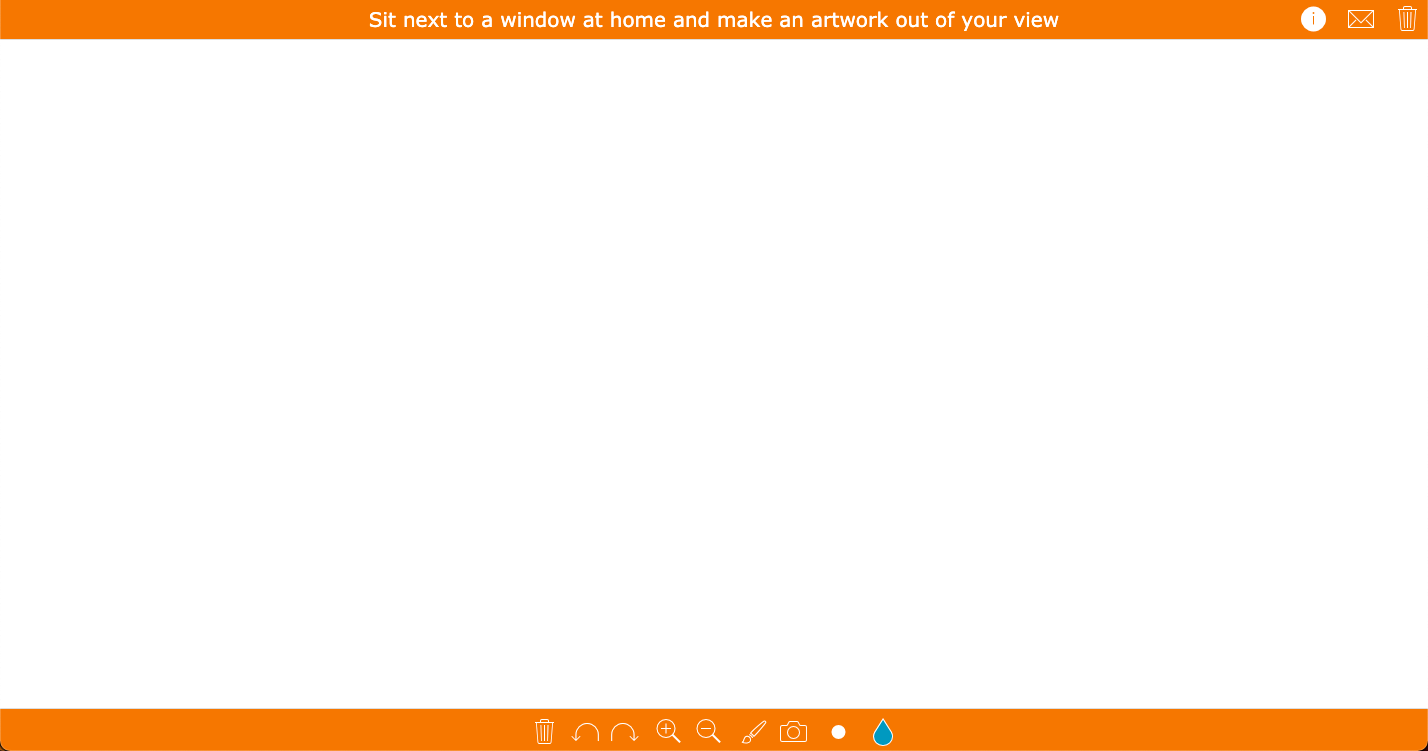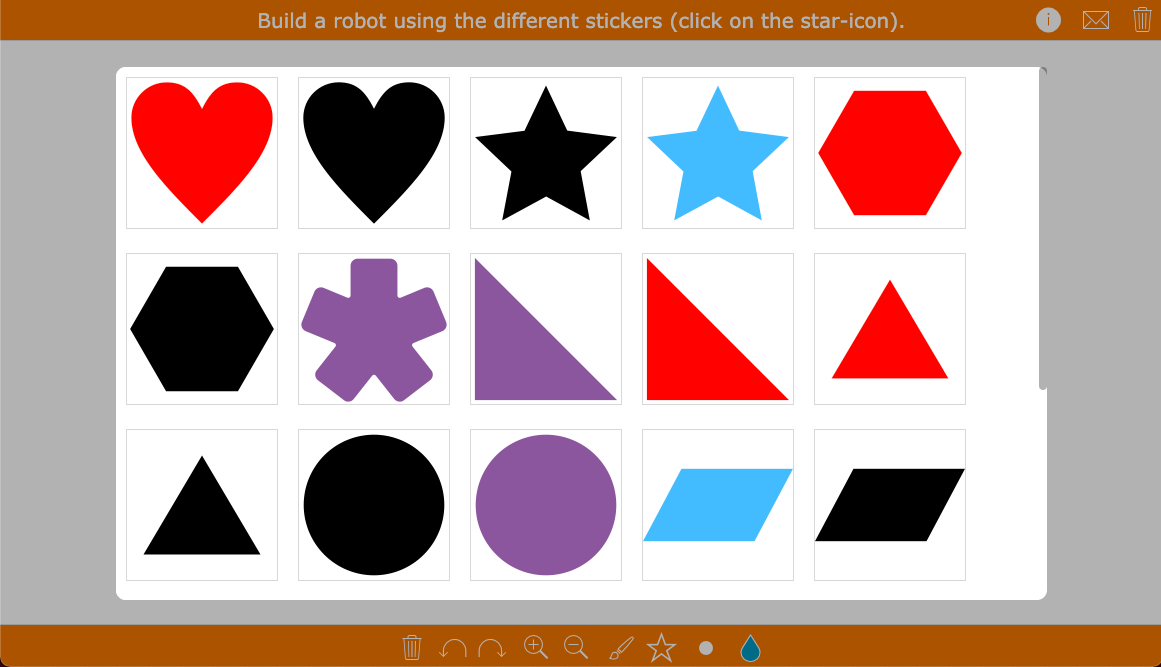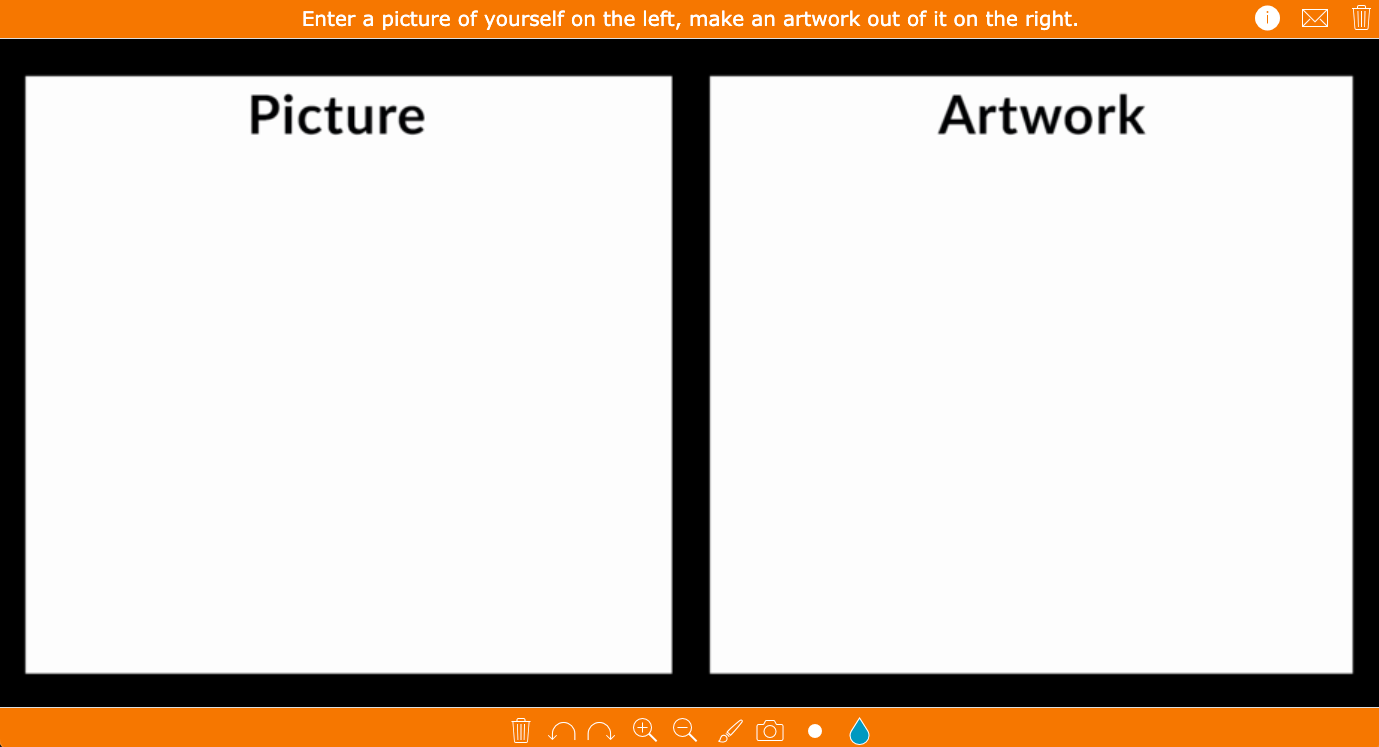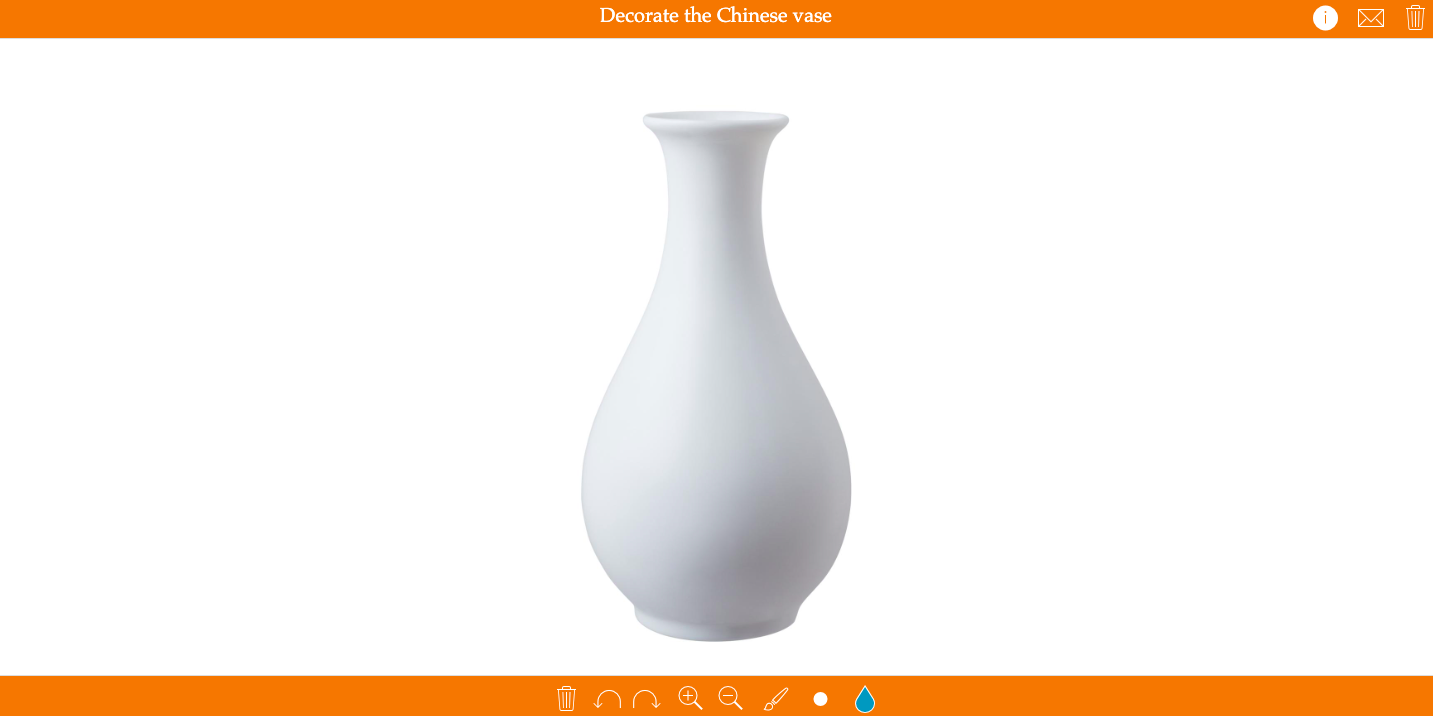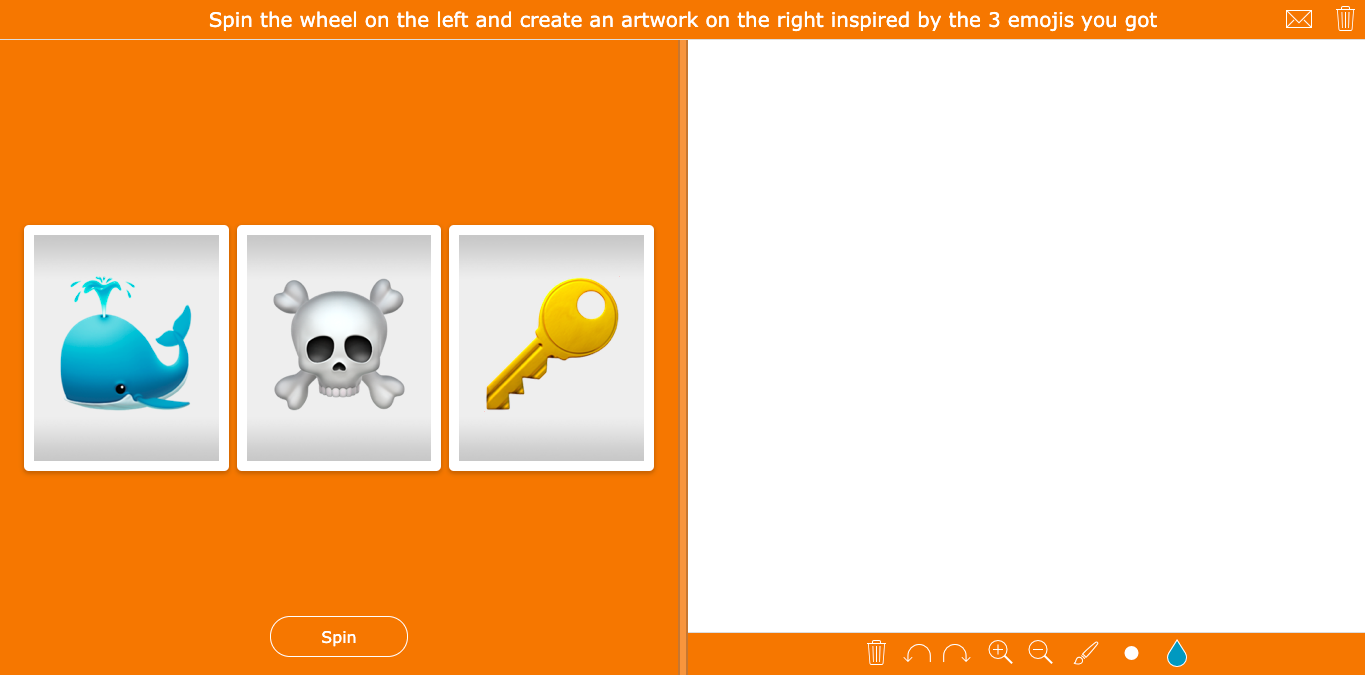11 ready-to-use lesson ideas for innovative art teachers
 Maude Moors & Lucie Renard —
Maude Moors & Lucie Renard —
Crazy times ask for crazy lesson ideas. And… when teaching art, you are allowed to. 🤩
In this blog post, we’ll show you how you can use digital lessons to teach art, both the theoretical side of art lessons as the creative side. We hope these ready-to-use art activities can inspire you with teaching art remotely and still interact with your students.
How to use these digital art lessons?
All the lessons below are made with BookWidgets.
- Just share the “ready-to-use” link with your students.
- Or, create a free account on BookWidgets to make changes to the lessons. You can find all the art lessons in this BookWidgets group. Just duplicate the online art lesson and make alterations if needed.
Let’s go!
6 Digital art lessons when teaching art theory
Here’s how you can explain the main theory to students in a fun way through art games, with interesting facts about artists, and so on. Art will not be equally interesting to everyone, but some things are just basic knowledge. Who doesn’t know the Mona Lisa or the sunflowers of Vincent van Gogh?
1. Art memory
In this amusing memory game, students have to match the artwork with the artist who made it. This way, students get to know the most famous artists of our history and now, while simultaneously training their memory.
2. Combining pairs
This game resembles the classic memory, only all cards are already turned over, and you have to combine the artwork with the matching text.
3. Art Crossword
This example of an ‘art crossword’ contains some fun facts about famous artists. It will ensure that students get more information about the artist hiding behind the artwork.
4. Art Puzzle
Time for entertainment: let students complete a puzzle of a painting. We chose a self-portrait of Frida Kahlo, as you can see in the example below.
When your students finish the art puzzle, you can give some more information about the work/the artist. You can add text, or just add audio in which you explain the story behind the work/artist.
Or, instead of giving them information, you can ask a question in the title, and students have to answer it. For example: who is the artist, and what’s the painting called? Is there a deeper story? Some interesting things that stand out in the painting?
Check out this jigsaw puzzle below. Here, they have to talk about the painting.
5. Art movements timeline
With this timeline, you can let students practice the different art movements with their characteristic features. You can add an image of an artwork in that movement and a few well-known artists who are representatives for that art movement.
The timeline above is a “fixed” timeline. If you want your student to practice, you can make an editable timeline as well like the example below.
Here, students have to name the art movements by adding a title, give a description, and put them in the correct chronological order.
6. Art quiz
In this exercise, you can give a fun fact or a description of an artist. Students should then choose the correct name at the top of the bar to drag in the sentence. You can do this exercise using the ‘quiz’ widget. At the end of the quiz, you add a question to see how well your students know their artists. Provide a statement and 3 photos from different artists. Can they indicate the correct photo?
5 Digital art lessons that spark creativity
The following art class ideas are sparking your students’ creative brains. Sure, these are digital lessons, but they too can have a high art-y factor. Here are a few small, creative assignments so that your students can let off some steam. The more creative they get, the better!
7. Blank canvas
Use the Whiteboard widget to give your students a digital canvas. In this case, it’s an empty canvas, so they can make an artwork using their own ceativity.
Use the title of the digital whiteboard to give instructions or a task. In the example, students have to make an artwork out of what they see through their window at home.
Students can submit their artwork to the teacher as well, so it can be graded. This way, the teacher can also give feedback.
8. Stick it
Ready for another interactive art lesson? In the whiteboard widget, you can allow students to use stickers. You give them a range of stickers to choose from, and your students have to make an artwork with them. This can be a collage or something else like in the example.
Open the example and click on the “star-icon”. Then, start building your robot. You’ll be amazed by how many different robots your students will build with just a few forms.
9. Self-portrait
In this art lesson, students have to make a digital self portrait. On one side, they have to add their image (by clicking on the photo icon), and on the other side, they have to make artwork out of the original image.
Again, students can submit their work to the teacher by clicking on the envelope in the upper right corner.
10. Chinese vase
Instead of giving your students a blank canvas, you can give them this whiteboard widget with a background image. In this example, students have to decorate a Chinese vase.
11. Emoji artwork
The last example is even more fun! Here, every artwork will be nothing alike as the students need to spin the emoji wheel (also created with BookWidgets) and create an artwork inspired by the 3 first emoji’s that show.
Pro Tip! Notice the camera icon in a few of these digital whiteboard exercises. If students want to work and draw on real paper, that’s possible too. They can just take a picture of their work, and upload it in the whiteboard assignment, so it can be sent to the teacher afterwards.
Wrap up
I hope all these examples inspire you to teach art lessons online or remotely. As you can see, everything is possible. And these art lesson plans are just the tip of the iceberg. Use your imagination, and combine sveral BookWidgets activities to create the ultimate art lesson.
You can use these art activities above, or you can create your own digital art lessons with BookWidgets.
